
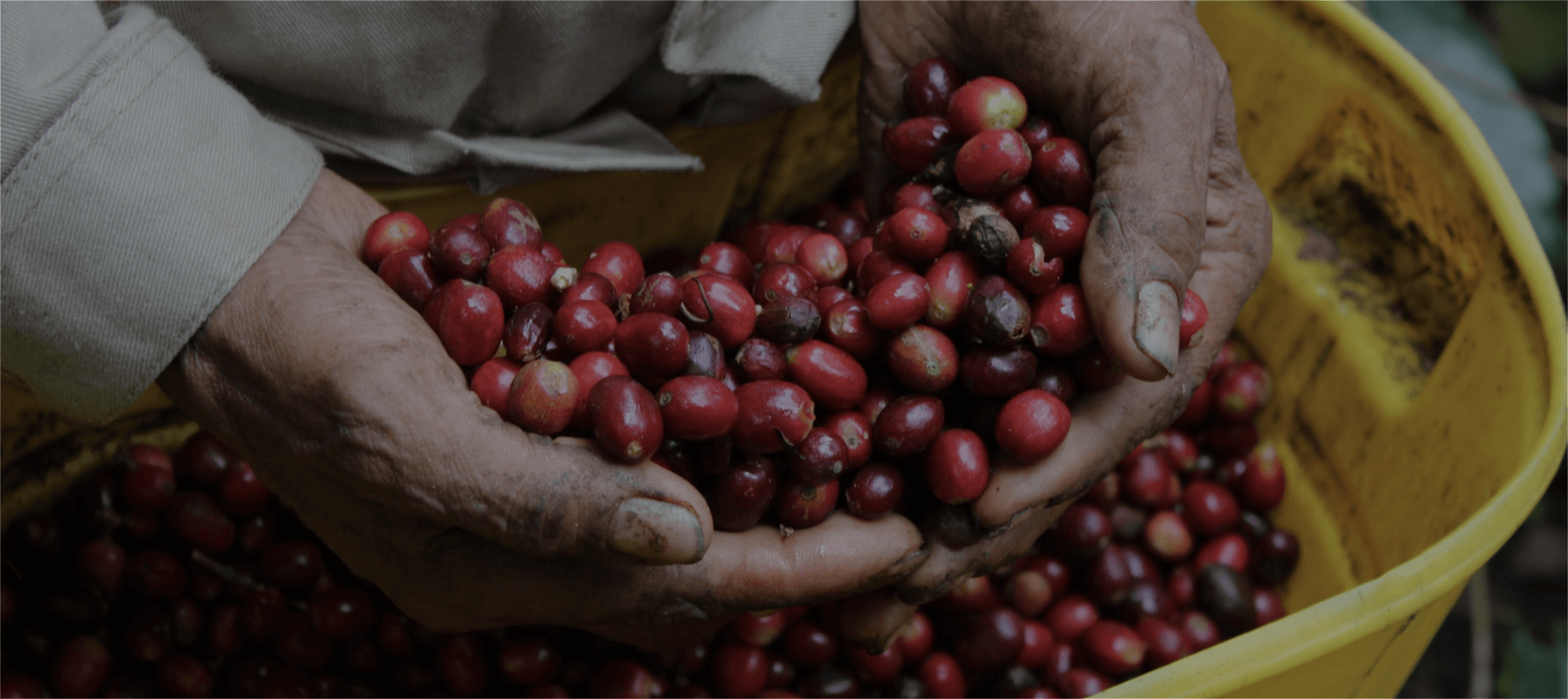
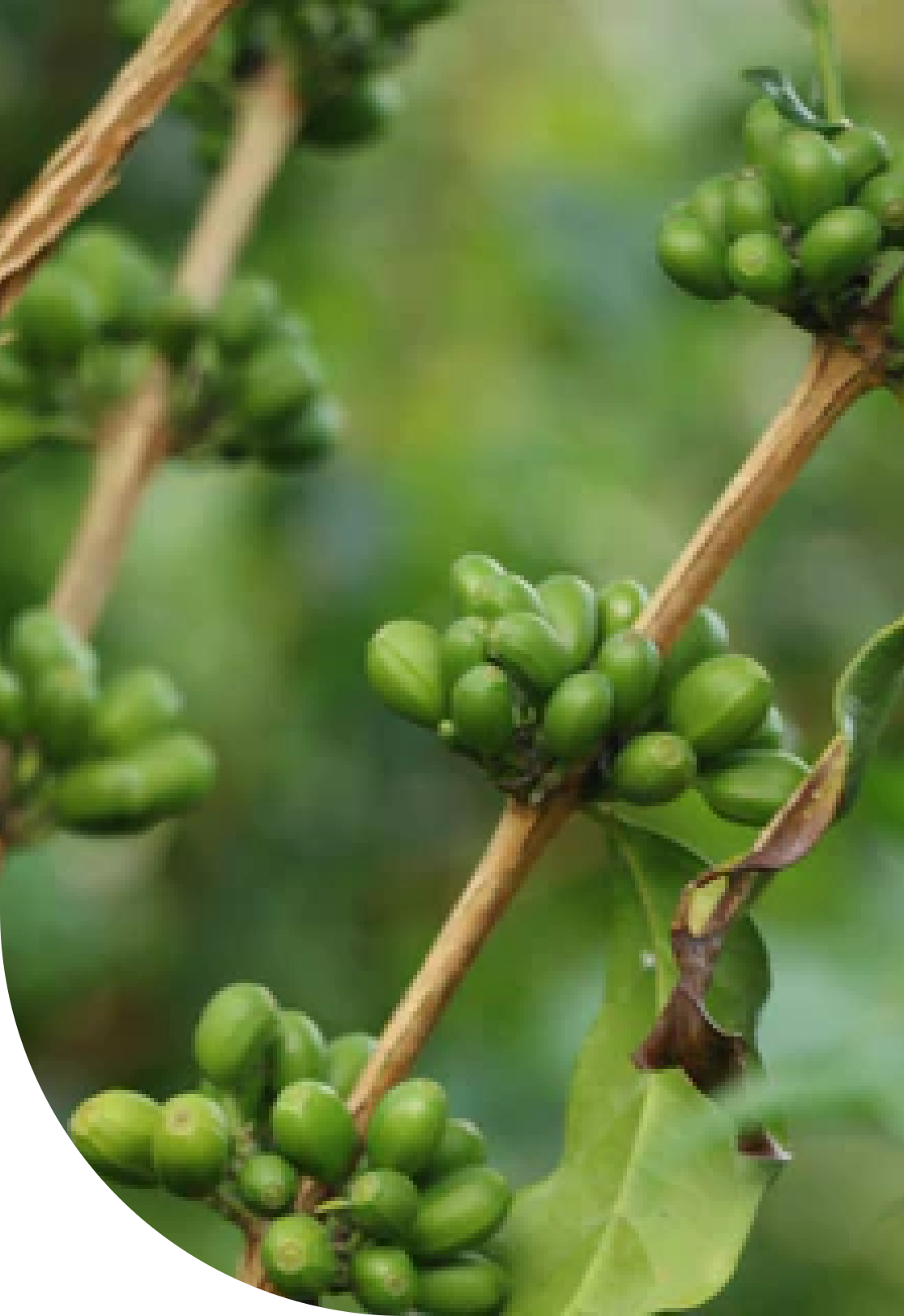
Just one cup of this coffee was enough to inspire a journey to South America to discover this species for ourselves. Legends and speculation buzz about this coffee. For starters, this is not even the same species as most of the coffee encountered on the market today. Coffea Eugenioides is considered to be one of the parents of modern Arabica coffee. Eugenioides is a very difficult coffee to grow, yielding only 150 grams per tree of unmilled coffee. It contains about half the caffeine of Arabica coffee, which causes the coffee to have almost no perceived bitterness. The defining characteristic of this coffee is its wild, almost unbelievable sweetness. It has a compelling lack of citric acidity that we are so used to in a coffee, presenting a whole new perspective on what coffee can be. Interestingly specialty coffee has honed in on just one species, Coffea Arabica, as the species that has become synonymous with specialty coffee. Over 100 species of coffee have been described, and Eugenioides is hailed as a progenitor of modern-day Arabica.
An abandoned coffee specie that challenge what we know as coffee today, and unlike anything we’ve ever tasted. Coffee Eugenioides is one of Arabica’s unique and tasty parents. This natural processed Eugenioides was rescued and cultivated by Finca Inmaculada in Pichinde Colombia situated at 1900-2000 MASL on the easternmost part of the Northern Andes. Eugenioides got its own unique brand of flavors. This is truly a rare coffee and worth the adventure. Indigenous to the highlands of East Africa, including the Democratic Republic of Congo, Rwanda, Uganda, Kenya and western Tanzania. It has a really low caffeine content, so there isn’t bitter cup of this coffee. It’s so sweet and easy to drink and has a completely amazing flavor— that sweetness combined with knowing you’re tasting something unique makes it better.
Characteristics:
The Eugenioides variety is a medium tree with small leafs and beans.
Cup:
Flavors of Cereal Milk, Papaya, Bubble Gum, Cake Batter, Sticky Rice, & Cap’n Crunch Crunchbenies invade your palate as you know you are tasting a miracle in the making. Strawberry Yogurt, Confectioners Sugar, Toasted Marshmallow, Guava, Lemon Drop
Want to learn more? Contact us
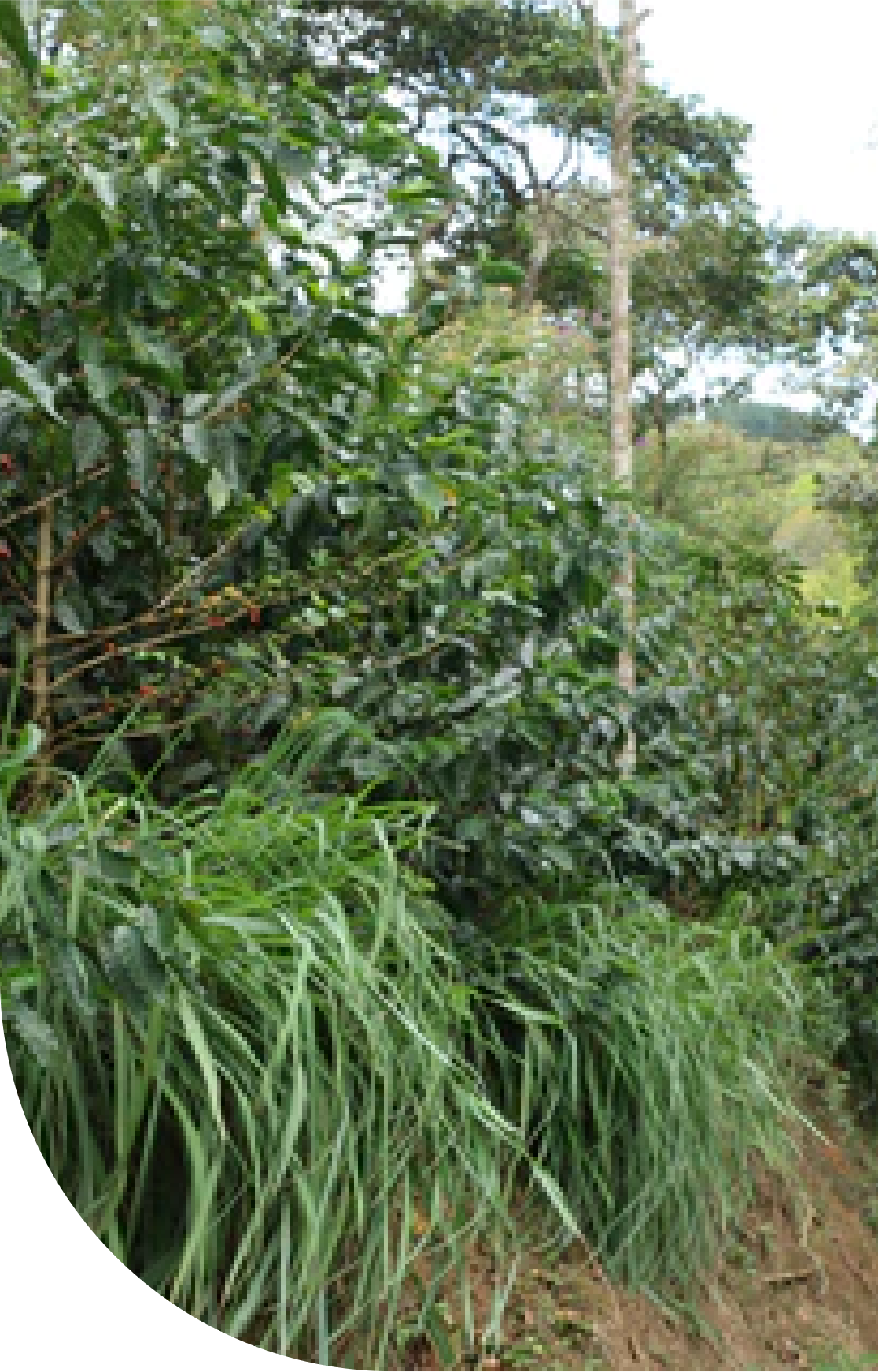
Geisha, sometimes referred to as Geisha, is a variety of coffee. It is considered to produce a very aromatic and floral cup of coffee and the demand for it has grown in recent years. To explain why people like geisha first there is a need to explain how the coffee industry looks at quality. As an industry the coffee world has informally agreed and generally calibrated that certain flavors and sensations are better than others. This concept of better is built on the idea that if a flavor or sensation is rarer or more clearly perceived it is superior. The flavors though must be driven by either fruit, tea, and or florality.
This variety will feel the most familiar in the set. Originally from Ethiopia, Geisha gained notoriety in Costa Rica and Panama in the early years of specialty coffee. This variety is globally recognized (and celebrated) for its distant floral fragrance and aroma, tea-like characteristics, and delicate fruit flavors. Geisha has dominated the competition scene over the past few years, skyrocketing its popularity and availability across the globe.
This variety is known to be the most exclusive coffee till this day at international levels, thanks to a coffee producer which was able to distinguish this variety from the others. He noticed that it was special, it smells and tastes like nothing before; mandarin, ginger, mango, cinnamon and lots of flower aromas like jasmine. So far, only at the highest point of Chiriqui Panama, is where the geisha was able to release its full potential, it could be caused by the weather, volcanic soil, height and local agricultural techniques and traditions. Many producers have tried to replicate this variety in different parts of the world, due to its really high price, but none have been as successful as the ones grown in Chiriqui Panama. It is known to produce a high quality bean at high altitudes, over 1500 MASL. This variety is considered to be a low productive plant. It is resistant to the roya and as well to a fungus called “Ojo de Gallo”.
Geisha in the cup is complex, floral, expressive, clear, vibrant, and delicious. It is a unique coffee that has attracted prices because of this uniqueness. A lot of what is delicious about geisha can be traced back to its origin, Ethiopia. Geisha coffee is expressed as “The miraculous and the best coffee in the world”, “The most expensive one”, or “Coffee with refined fruity flavor and sweet taste”. It has a refined sweet taste like a full ripened tangerine and a flavor like a flower of Jasmine. With a refreshing flavor the profile of Geisha makes it a champion among coffee varieties.
Characteristics:
The Geisha tree or Abisinian is known to be a high and rarefied plant; its leaves are oblong and narrow. The cherries and seeds are known to be big and can be easily recognized.
Cup:
Pineapple, Jasmine, Sugar Cane, Raw Honey
Want to learn more? Contact us
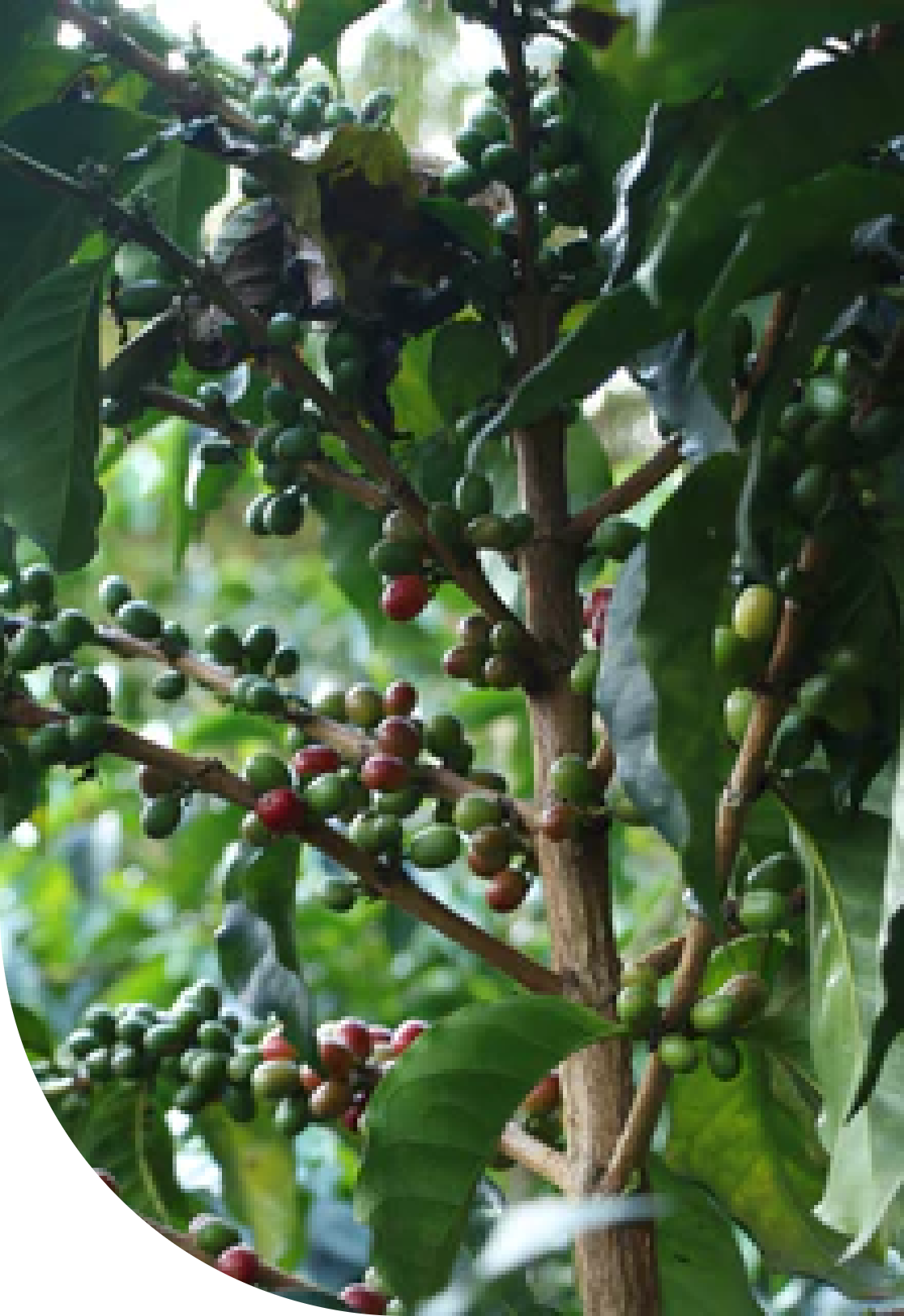
Discovered in 1940, the Sudan Rume is a variety of the arabica coffee that was once found in a wild state in the forests of the inter tropical mountains of Marsabit in the Boma Plateau in Africa, in the south east of Sudan. This variety is known to be resistant to the coffee cherry disease.
Known for its hardy resistance to the coffee cherry disease, Sudan Rume is often used as a breeding variety. Originally it was discovered in Sudan in the mountains of Marsabit. Another mutation with Bourbon, it’s low-yielding and bursting with tropical fruit flavors. This coffee took the win with Sasa Sestic in the 2015 World Barista Championship.
Is an exceptionally rare coffee with a beautiful flavor profile. As its name suggests, the varietal was discovered in the country of Sudan near its border with Ethiopia. As the harvest can be incredibly small, this coffee is a classic case of quality over quantity. It is resistant to diseases, especially Coffee Berry Disease.
Its yield is medium, and the beans are large and long. The sweet spice, tea- like, and floral characteristics offers an insight into the pristine character of this uncommon culfivar, an experience unlike any other specialty coffees today. The processed Sudan Rume variety is unique in number of ways, It is a very fragrant coffee.
[different than the grassy, vegetal aroma of most washed green coffees] reminding us of cardamom and perfume. This is an unusually rare and unique coffee with an amazing flavor profile. Sudan Rume is a unique cultivated variety that not many coffee roasters have had the pleasure of experiencing.
Characteristics:
The Sudan Rume tree is a tall tree with a Cup Quality characteristic.
Cup:
Mango, Vanilla, Floral Honey, Winey
Want to learn more? Contact us
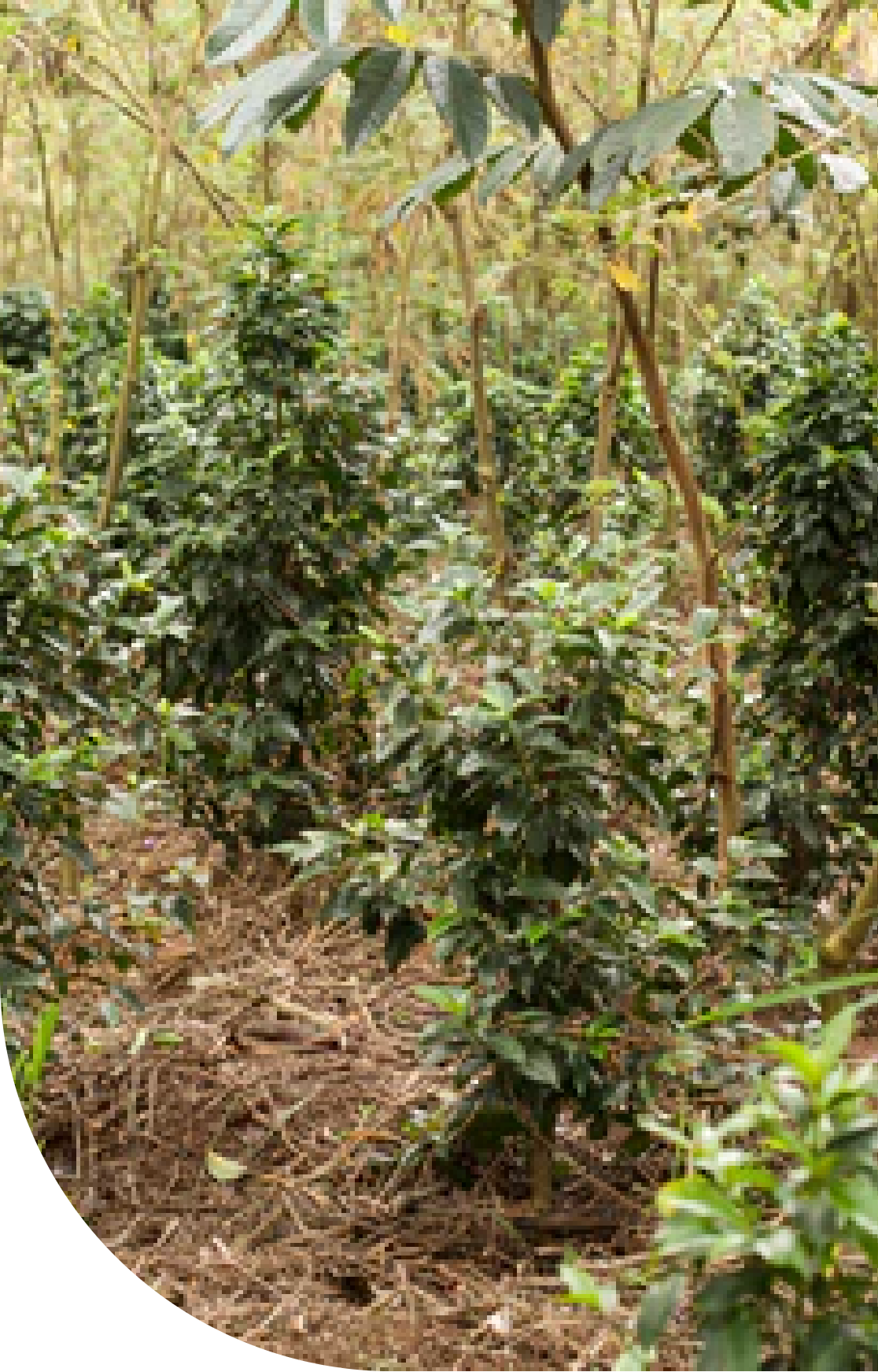
Laurina, also known as Bourbon Pointu, appeared in the Reunion Island after a spontaneous mutation of the Bourbon variety. Under Louis XIII, the Island once called “Santa Apolonia” was changed to Bourbon Island due to its dynasty. In 1771 Sieur Leroy discovered that this much loved coffee by the French court was actually a mutation from the arabica coffee that came from Yemen. Its name, Bourbon Pointu, is to honour the Bourbon Island and Pointu because of its elongated and pointed beans. Around 1878, the director of the Colonial Garden, took some samples from infected coffees to a neighbouring island called Maurice where they discovered that it was a fungus called Hemeleia Vastatrix. This fungus started spreading around all the Reunion Island and affected all the coffee reducing the production by large quantities. In 1950 was the registration of the last official exportation of this variety. For more than half a century, the Bourbon Pointu ceased to exist. However in 2002, an initiative was taken by the Regional Council of the Island to investigate the possibilities to recover this cultivation taking into consideration that this could be a huge impact on the economy.
What coffee could be so rare and precious. Laurina may not be a household name, probably because it almost disappeared off the face of the earth over a century ago. But Laurin is now making a very selective, very expensive comeback around the world. The coffee has its origins near the African continent. It originates from Reunion, previously known as le Bourbon, an island in the Indian Ocean off the coast of Madagascar.
Laurina is sometimes also known as Bourbon Pointu, named after the island and the way the beans themselves taper to a point. Laurina is usually grown at an altitude of 1400 MASL, it’s then hand- picked, pulped, and slowly dried. As in the 18th and 19th centuries, Laurina is still a very sensitive plant, and yields remain low, which is why it’s so rare. Laurina is a light, transparent coffee that in some ways seems more akin to tea. Its caffeine percentage is between 0.4- 0.75% (usually around 0.6%), compared to 1.2-1.6%in most other arabica coffees. Laurina is very sweet, with a fruity, floral aroma and its hugely popular variety.
Historical circumstance has certainly lent Laurina a romantic sense of rediscovery, but its recent resurgence in popularity has more to do with being so difficult to grow, along with the fact that it tastes quite unlike most other coffees. In other words, it’s unique.
Characteristics:
The Laurina tree is distinguished by its long and pointy beans that vary from 12 to 15 inches. The tree is an icon Christmas tree like shape with massive concentrated leafs and the beans usually grow from the inside and can barely be seen. It's height can go up to 2,2 meters.
Want to learn more? Contact us